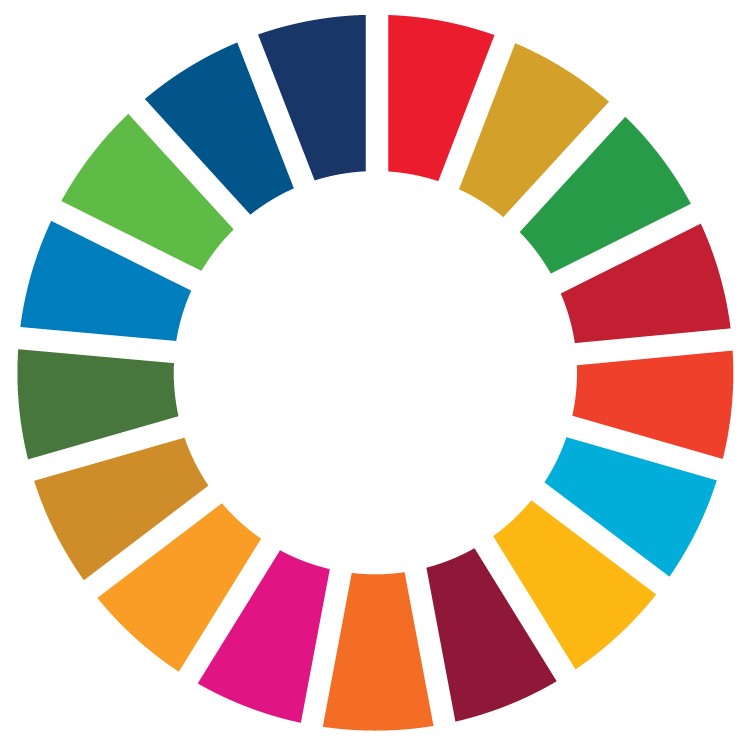

Key findings
What would inclusive digitalization cost in developing economies?
Achieving a digital transformation that includes and benefits everyone is projected to cost $5.6 trillion annually from 2023 to 2030 for the 48 developing economies studied, equal to 18% of their combined GDP.
Per person, the annual cost comes to $1,231 to achieve goals such as universal digital connectivity and internet use, widespread access to banking and financial services, and higher value-added manufacturing.
Which developing economies are included in the estimates?
The 48 developing economies in the study comprise 19 that are classified as low and lower-middle-income, while the other 29 fall under the upper-middle and high-income bracket. Together, they are home to 68% of people living in developing economies worldwide.
Certain nations in the study are especially vulnerable, due to geographical or developmental factors. These include nine landlocked developing countries (LLDCs), eight small island developing states (SIDS) and six least developed countries (LDCs).
How do the costs break down by income level or country group?
Breaking the total cost down shows that over 80% will need to be spent in the upper-middle and high-income developing economies. The per-person annual cost in these nations, at $2,044, is almost five times higher than for the low and lower-middle-income economies.
Among the more vulnerable countries, the SIDS face the highest per-person yearly cost at $1,846, compared with $665 for the LLDCs and $365 for the LDCs.
When gauged against their national economy, the LDCs bear the heaviest burden. Advancing inclusive digitalization would require 44% of their GDP.
How big is the funding gap?
Despite the urgent needs, the current government spending trajectory leaves a yearly gap of $469 billion for the 48 economies. Bridging this gap would require a 9.1% increase in yearly spending.
A closer examination reveals that upper-middle and high-income developing economies face the largest yearly gap relative to the total annual cost, at $430 billion, equivalent to 9.2% of their required funds. Among the more vulnerable countries, SIDS confront the largest gap relative to the total annual cost at $3.6 billion, or 6.2% of their total requirement.
What would the cost be for all developing economies?
If we use the study’s median per capita cost and extrapolate the calculation to cover all developing economies, the total annual spending needs would reach up to $7.0 trillion.
When compared to a business-as-usual government expenditure trajectory, the yearly gap would be $540 billion.
Understanding the pathway
The pace of digital transformation is rapidly accelerating, offering innovative pathways to achieve numerous Sustainable Development Goals (SDGs). However, the persistent digital divide, both among countries and within them, hinders this potential and creates obstacles.
This pathway encompasses six SDG indicators focusing mainly on achieving universal digital connectivity through mobile or fixed broadband internet connections, increasing the share of people actively using the internet and ensuring widespread access to banking and financial services.
A measure of progress used for access to banking services is ATM access (SDG 8.10.1), which globally grew 52% from 2004 to 2021 – though it declined between 2020 and 2021. Several factors, like the impact of the COVID-19 pandemic, reduced economic activity and less demand for physical cash contributed to the drop. Additionally, the growing popularity of digital money services has prompted some banks to rethink the viability of maintaining certain ATMs.
If this trend continues, it could pose challenges to the pursuit of Goal 8.10.1. A growing shift from traditional ATMs to digital alternatives could put those without digital access at a disadvantage.
To harness the potential of digital technologies while managing the risks, it's crucial to invest in inclusive and accessible digital infrastructure. Such investment would guarantee meaningful connectivity for all.
In line with these objectives, the UN’s Our Common Agenda proposes a Global Digital Compact. Set to be discussed at the 2024 Summit of the Future, the compact aims to establish principles, objectives and actions to deliver a digital future that is open, free, secure, and puts people at the centre – a future grounded in universal human rights and in synch with the SDGs.
Governments often strive to provide universal access to digital technologies and to make them and the internet more affordable. One way they can help achieve this is by investing or incentivizing investment in broadband infrastructure.
Moreover, governments allocate resources to provide digital literacy training and free access to computers and the internet, often in places like libraries. Public money also goes towards the development of digital government services and the implementation of cybersecurity and disaster preparedness measures.
Investments in research and innovation, data infrastructure, regulatory frameworks and public-private partnerships further bolster technological advancement.



